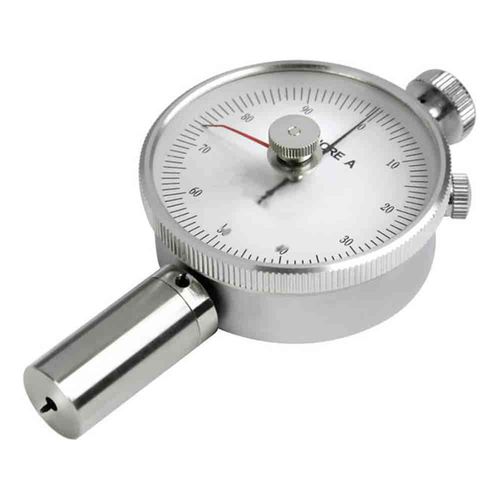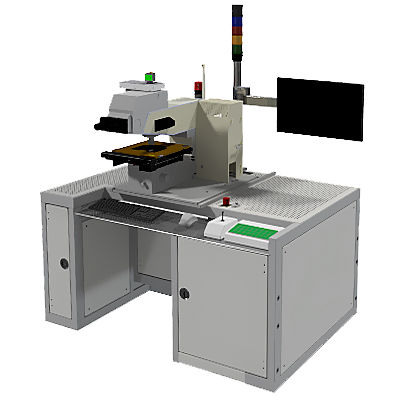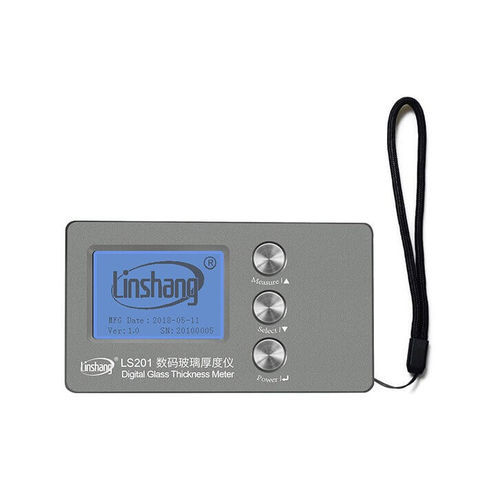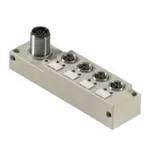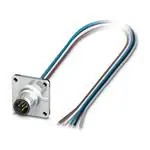This hardness tester makes measuring the hardness of plastics simple and straightforward. A metal tip of a defined shape is pressed against the sample by a spring. The depth of the impression is then used to determine the hardness or softness of the material. This procedure is described in DIN ISO 7619-1:2012. This shore hardness tester is also available in a digital version. The typical application of this handy shore hardness tester is the measurement of the depth of intrusion. It is particularly recommended for internal comparative measurements. Standard calibrations are often not possible due to the very narrow tolerances. The analogue hardness tester is compatible with the following shores: Shore A:for rubber, elastomer, neoprene, silicone, vinyl, soft art plastic, felt, leather and similar materials Shore D: plastic, resin, resopal, epoxy, plexiglass, etc. Shore A0:mosses, sponges The MAX mode captures the maximum value using the drag pointer. Options Shore calibration plates for checking and calibrating Shore hardness testers. The accuracy of measurement increases considerably through regular balancing. 7 Hardness reference blocks for Shore A, tolerance up to ± 2HA 3 hardness reference blocks for Shore D, tolerance up to ± 2HD Compatible with a test bench The handy shore hardness tester with indicator needle can be installed on a lever test stand. It is suitable for shore hardness testing of leather, plastics, or other materials. A glass plate provides high measuring accuracy by the stronger hardness of the glass base plate. The robust design allows precise measuring movements. This test stand also contains a levelling
Технические характеристики
CharacteristicsTypeRockwell, Shore, Shore A, Shore DMountingportableProduct applicationsmeasurement, for plastics, for rubber, calibration, for test benchesOther characteristicsdigital, analogUseful height
115 mm (4.5 in)
Useful width
60 mm (2.4 in)
Weight
0.2 kg (0.4 lb)

